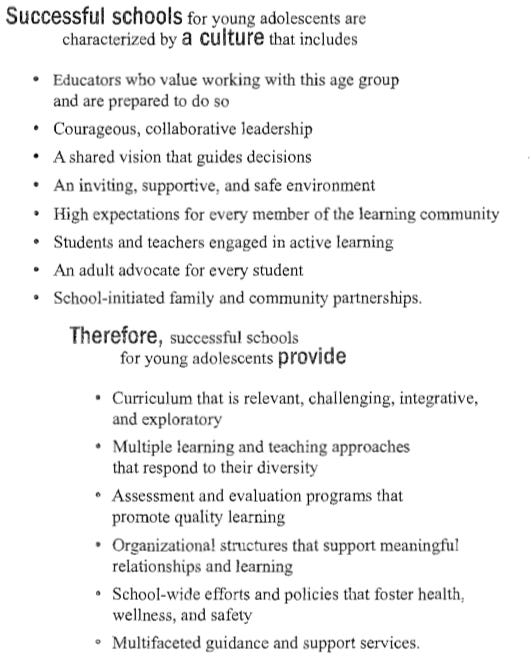Edu 14. Scathing reports of increased school budgets and FLAT, immovable performance.
School results are measured, by tests, and other metrics. The metrics point to differences, which are not politically correct. BAD STUDENTS NOT BAD SCHOOLS, Robert Weissberg, 2010.
This may be a controversial book, but not because it lacks methodology. It is well researched and well written. It’s just because it publicizes results that are not desired. Out of maybe 91,000 schools, of course you meet every kind of situation imaginable. I wonder if you ever could generalize or come up with a “national standard” for education. National Standards do not refer to academic excellence. If you flunk substandard learners, that is held as discrimination. Your school is docked and you may be thrown off of federal assistance.
My favorite books were the Mike Rose chapters. Edu 11 & 12. He found amazing cases of dedication and learning breakthroughs. But those are only anecdotes. They are one-off single stories and it took Rose 4 years of searching to find them. I am sure that he ran into other examples where education was not going all that well. But they were not the point of the book. I loved that book, and those touching examples of where America “works”. Clearly that is not the general case, and he can’t really conclude “how-you-do-it”.
Another very positive book I handled in Edu 10. It is the Middle School Association report from 2003. (Download is in Edu 10.) But that is not a report of how things are. It is kind of a Middle School Manifesto, it’s a pronouncement of “this is how we will do it”, (in our utopian view of the perfect school). Do you remember this part:
Each one of these 8 points and 6 provisions has a section describing it in detail.
_________________
Now I write about Bad Students, not Bad Schools by Robert Weissberg.
It is the polar opposite of the Middle School report. But I think it is essential reading.
There are social problems in America whereby students come to school with vastly different preparation levels. We can’t really fault them for that, but we can’t reverse it with a magic fix either. We can assume that if they have poor self-esteem and if the school could build that up, they might eventually come out of it. Is that the best use of school time and school budgets? What does that do to children that don’t need the remedial?
Kids lack ambition. They have no faith in the American dream. That is their experience. They may always manufacture some excuse, why it won’t work for them.
Helping the children is today’s Great Society welfare colossus. Throwing money at a problem is more welcomed than really finding a solution with measured results. It is a nation in denial. Yes, there is intelligence. Motivation is very high, then resources, pedagogy, and instruction method. How do you work with motivation? No direct way, I guess. The education liberals downplay it, or say that it will happen by itself.
Some statistics are very telling. Foreign born immigrant students, from Asia, or even from Africa or the Caribbean, outperform native born American children even in the poorest of schools. In their case, a poor school is not a determining factor. Even in violence prone city centers.
The other side of it is countless stories of poor students being transferred to good schools, and to no effect. Nothing improves. They drop out quicker.
Of course, there must be many stories of students that were transferred to better schools, and it transformed their lives for the better. But you don’t read that in this type of book.
All these readings are turning out to be very interesting.
.


